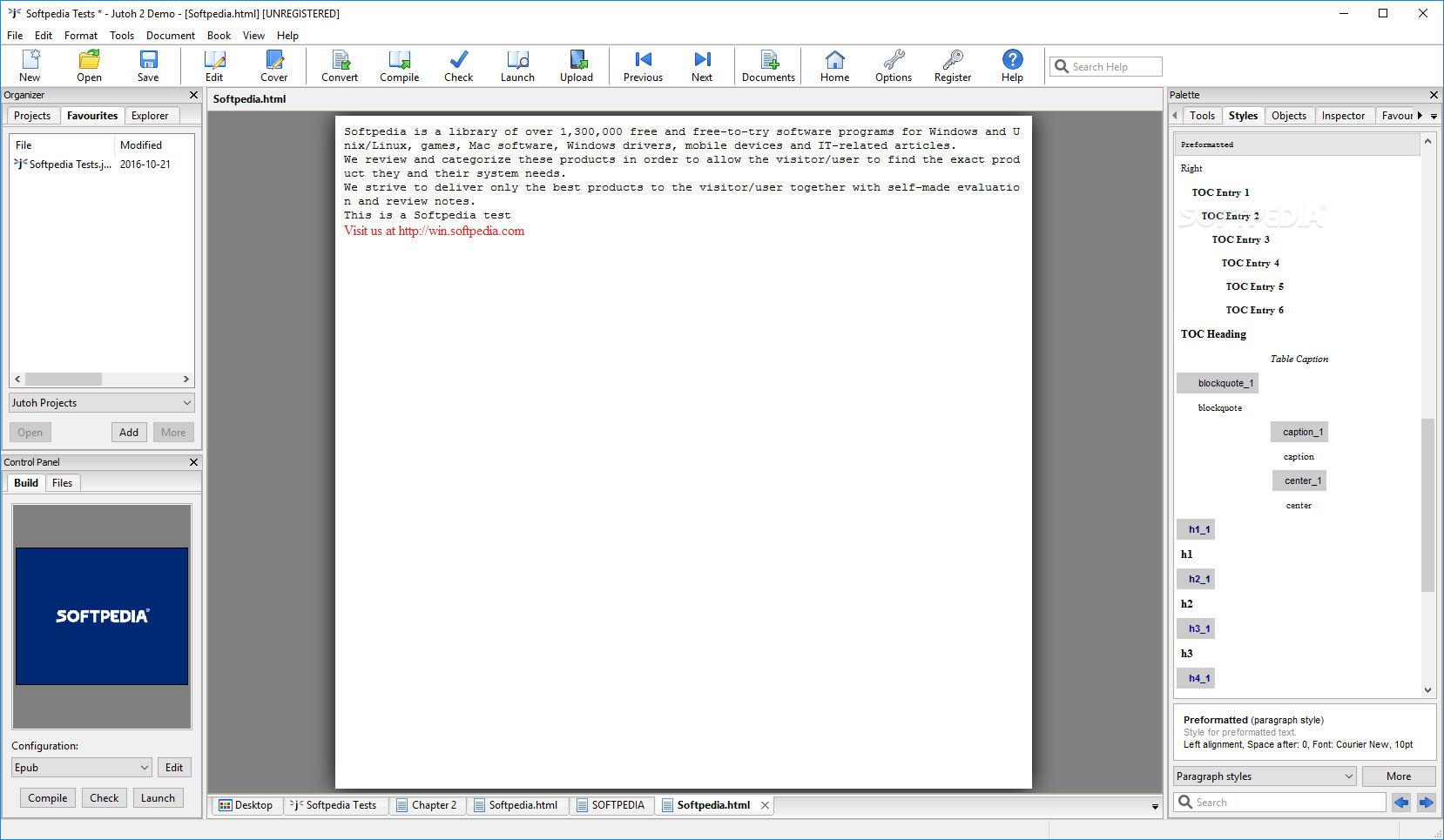
(I must tell you here that three years later the Brigadier sent me a copy of his war memoirs, published by Mackintosh & Tooley. She then explains to him, at some length, how a cat aids in concentration, and at the end of it he says "Good. (I have trouble explaining why I found that sequence of one and two-word sentences so funny, but I read it over and over out loud). "For concentration," I said, "you need a cat. I said something to the effect that he must have had an interesting life. Hawkins is invited to a fancy dinner party, and finds herself seated next to "a red-face retired Brigadier General" (rather a stock character, which Sparks is totally aware of): At a point in the middle of the book, Mrs. I finished reading A Far Cry from Kensington, by Muriel Spark. Muriel Spark herself has an economical way of telling a story, a manner I now aspire to, since all too often I am more Leslie than Fleur. "I didn't sleep with him for his prose style." She said, "You didn't say this when you were sleeping with him." He never reached the point until it was undetectably lost in a web of multisyllabic words and images trowelled on like cement. I meant to tell her more about Leslie's prose, its frightful tautology. In return, Fleur attacks Leslie's own literary work: Dottie has just said that Fleur's book, Warrender Chase is "a thoroughly sick novel" (and, thus, we are reading a sick novel). But I haven't finished the book yet.ĭottie and Fleur are talking on the phone. Despite their contentious relationship, which involves stolen manuscripts, among other misbehavior, Dottie and Fleur seem entangled for life. Fleur is talking to a frenemy, Dottie, whose husband Leslie Fleur has slept with. It does have more sex, which plays a role in the quotation below. It's inspired by the same period in Spark's life as A Far Cry From Kensington, though is more distant from the actual publishing milieu. And Fleur gets accused of libeling people despite the fact that she wrote her novel before she met those people, or they did the things she wrote about. It's about a writer, Fleur Talbot, who finds that aspects of reality begin the mimic events in a novel she has written. Entertaining, of course, but not as easy a read as some of the others. (The latter often would not be of much value, especially for something as basic as importing a font and defining a class.Now I'm in the middle of Loitering With Intent.


Ideally, the CSS class should be defined in a CSS file that is referenced in the chapter files where such text appears, whether that means the main/only CSS file or a separate one for special handling. If the text appears within a paragraph of normal text, then wrap the special text in SPAN tags and apply the class to that. Then apply that class to each paragraph container that contains the text that needs to look different. A CSS class should be defined to declare how the "special" text should appear, which can include indent, alternative font (with that font embedded in the book unless it's a CSS standard font family), etc. The intended goal described by the OP is very easy to accomplish if the data is handled correctly. (Using an image of text is unwise, to put it mildly.) Handling that data as data and making it technically correct to begin with will avoid clunky workarounds that look terrible for some readers.

Whether people are comfortable with it or not, e-books are computer data, not at all like creating something on paper. Click to expand.This is my take on it as well.


 0 kommentar(er)
0 kommentar(er)
